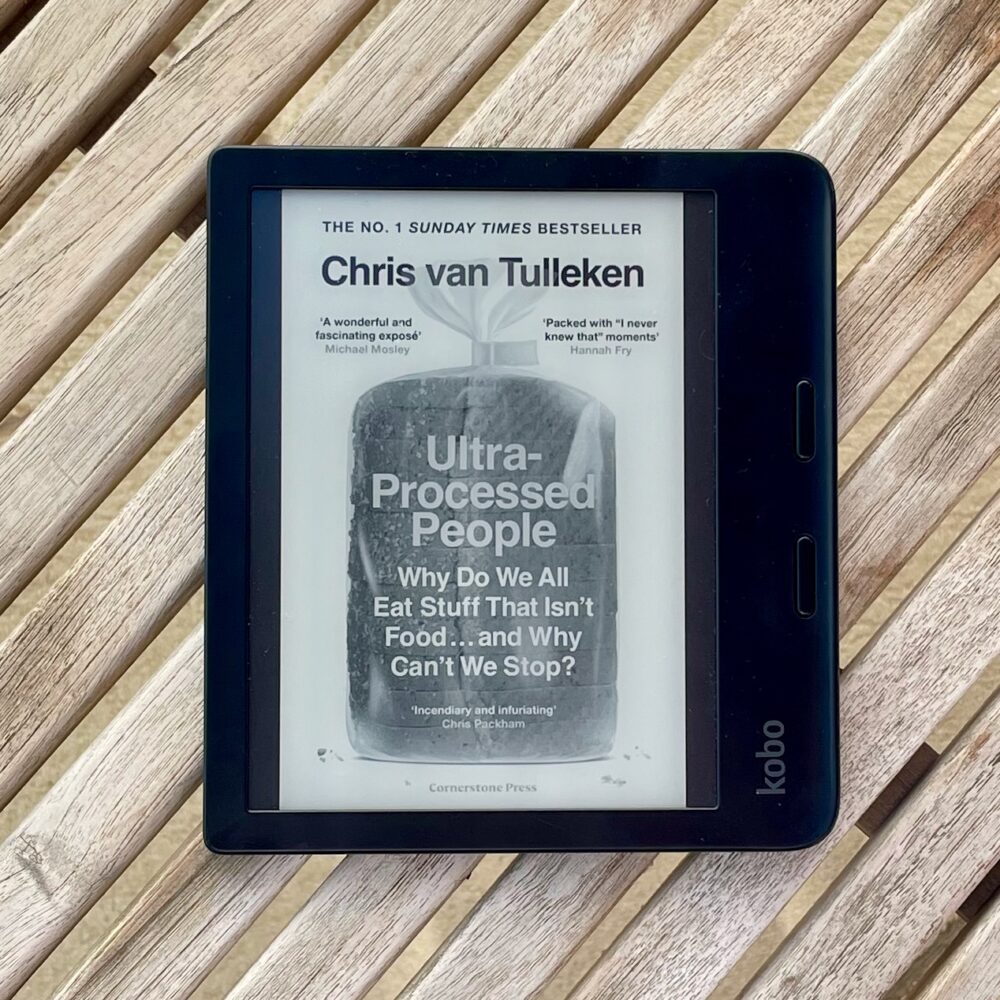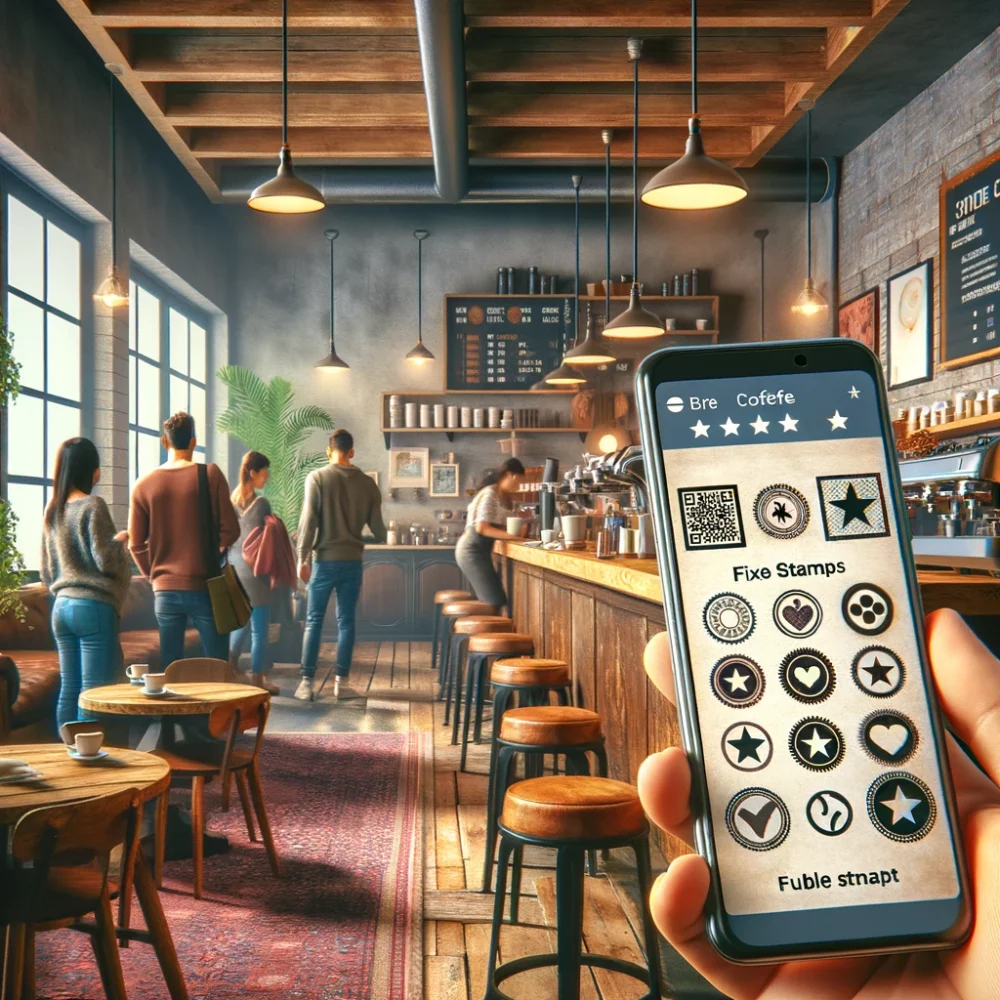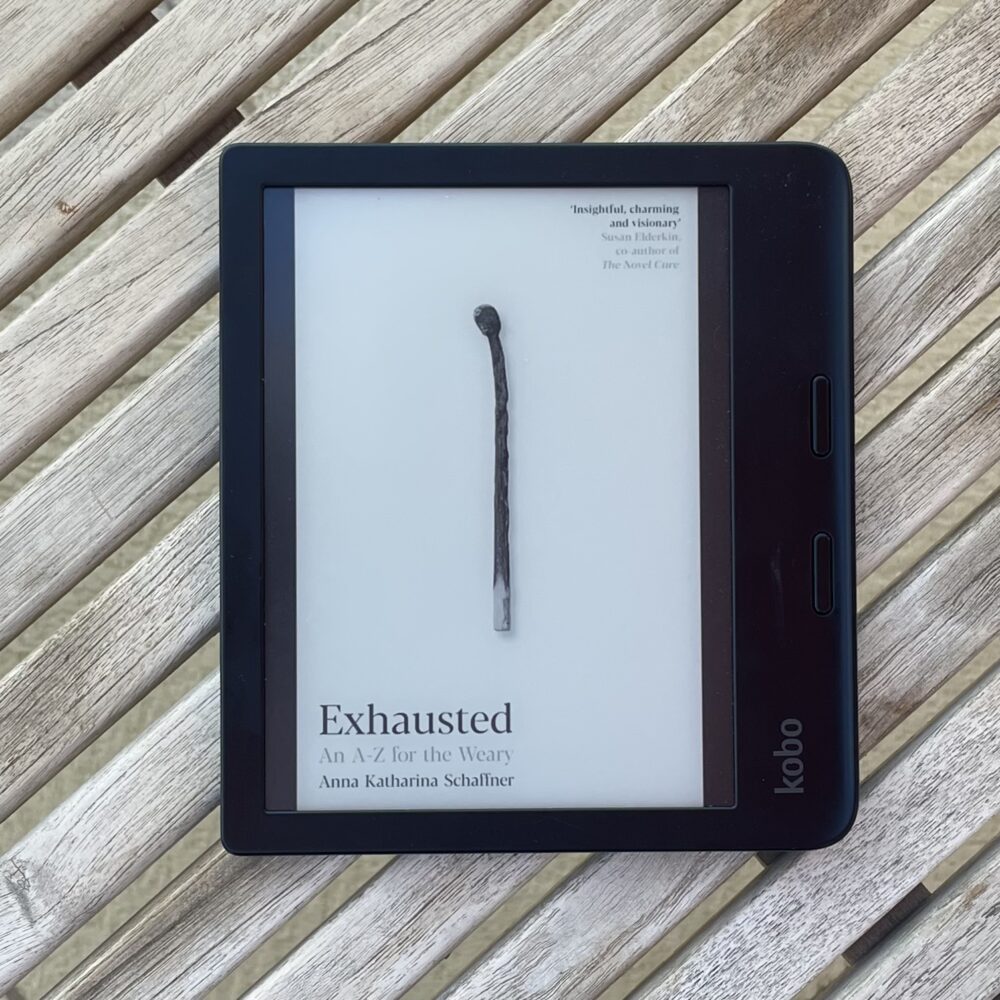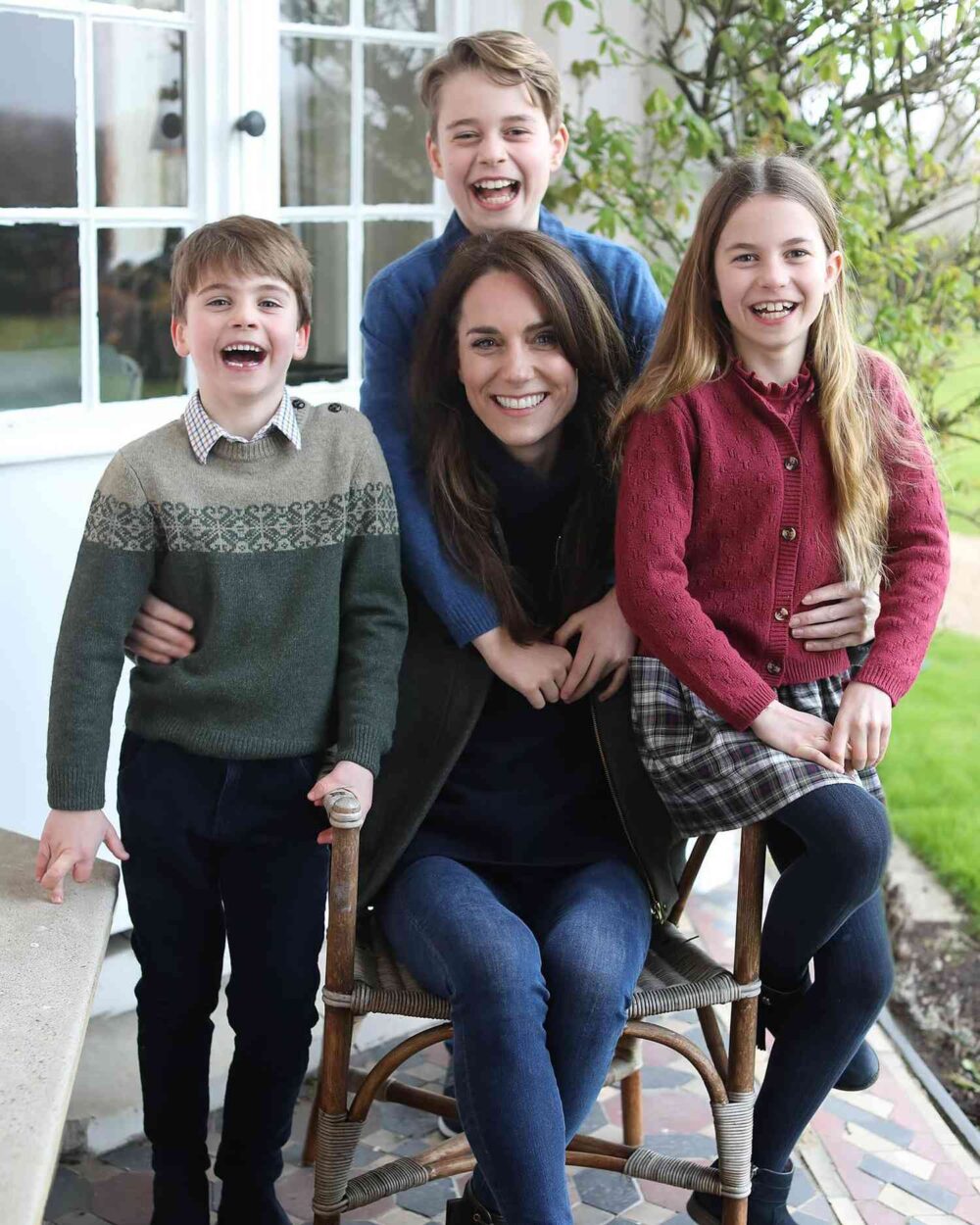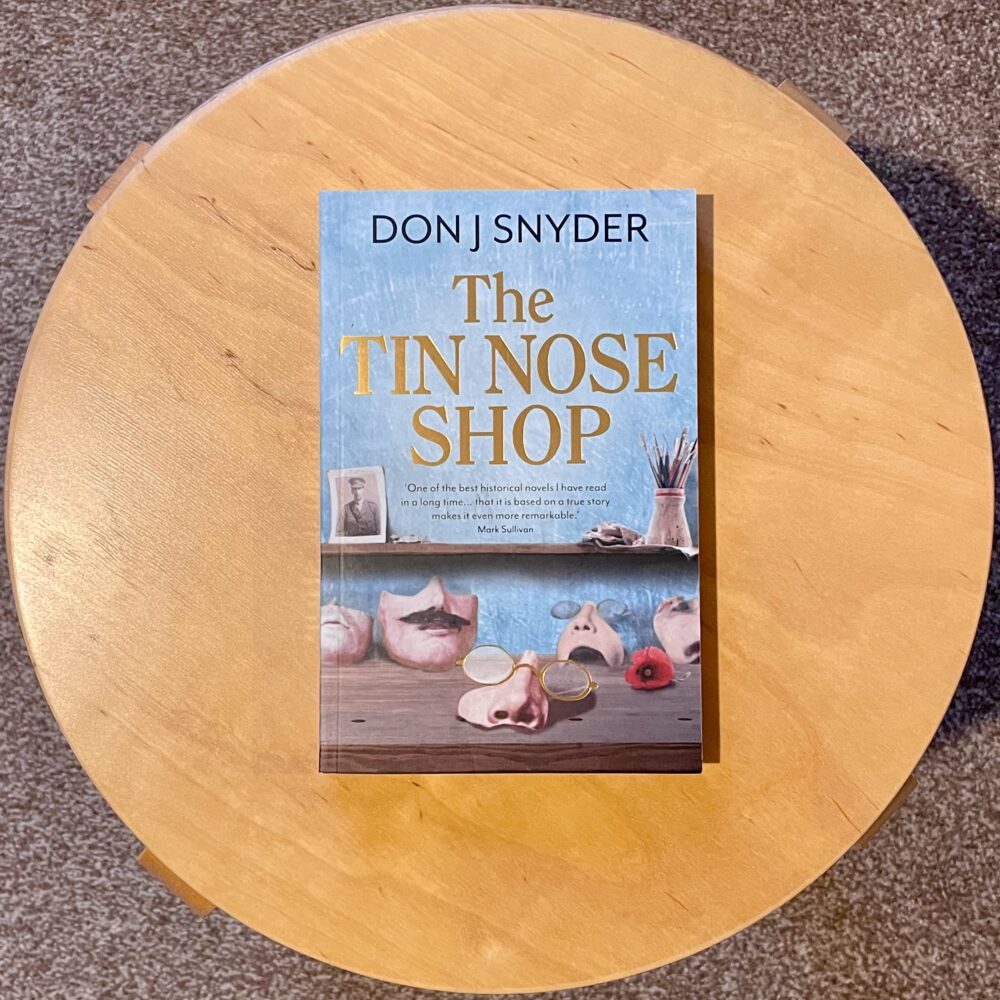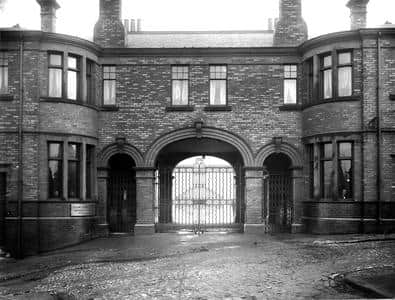Vermeer on screen
A year ago, a visit to the Rijksmuseum’s Vermeer exhibition left me completely astonished.
Obviously, it’s the paintings that are the star here. That unexpected, indescribable presence, the astounding attention to detail, the lifelike quality. They really are utterly unbelievable, completely astonishing.
I was so unexpectedly bowled over by the exhibition that I did something I’ve never done before with any exhibition: I went back the next day. I was so surprised by the strength of my own reaction that I couldn’t quite believe it, and wondered if I’d just been tired or overawed at being back at the beautiful Rijksmuseum. But no: the paintings really are spectacular, unlike anything I’ve ever seen before.
This weekend, Art Fund members—myself included—are being treated to the opportunity to stream the film version of the show, created by Exhibition on Screen. And so, last night, I found myself settling on the sofa to watch.
I was impressed. Obviously, seeing paintings on TV is not nearly the same as standing immediately in front of them. Many of the things I liked about the exhibition, such as its spare use of commentary and explanation which really allowed the work to sell itself, wouldn’t lend itself to film.
Yet, the film really did a fantastic job of bringing across that ineffable quality in Vermeer’s work, the arresting way they pull in the viewer. The experts featured in the film explain that this is partly attributable to Vermeer’s use of light, as I thought when I saw them. They also point out that Vermeer’s brushstrokes are invisible: an attribute I hadn’t noticed independently, though I suppose it should have been obvious.
It was an hour and a half well spent. That the opportunity to watch the film appealed even after seeing the exhibition twice made me reflect on quite how big an impact that once-in-a-lifetime show had made on me. As I said last year, Vermeer got inside my head; he clearly hasn’t left yet.
This post was filed under: Art, Film, Rijksmuseum, Vermeer.
